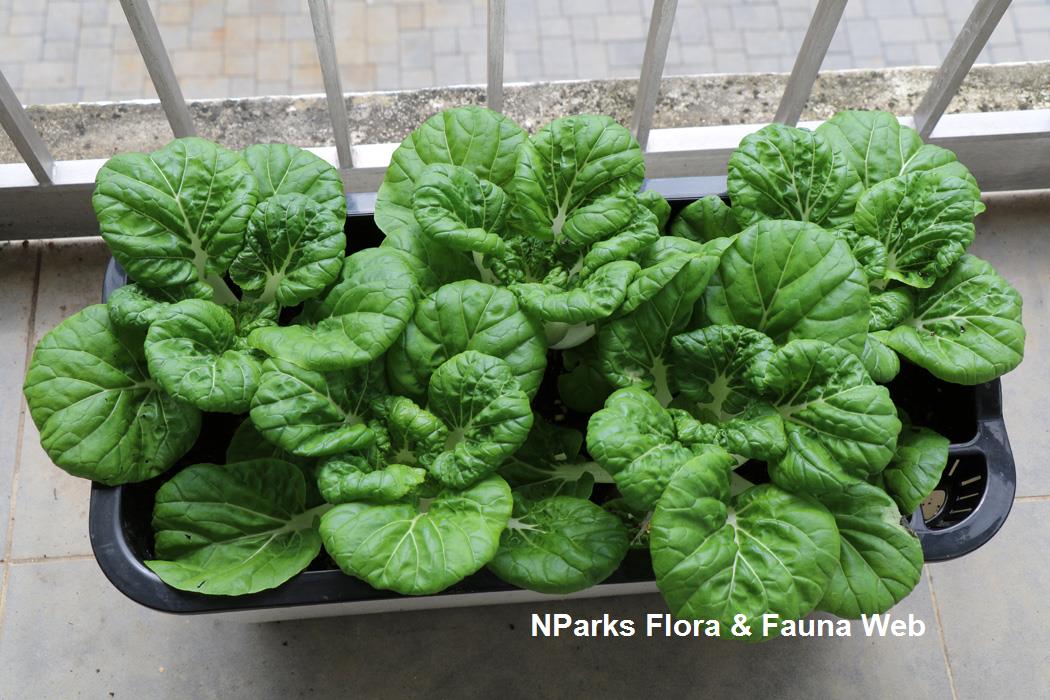
Back
Brassica rapa Caisin Group [cai xin]
| Family Name: | Brassicaceae (Cruciferae) |
| Synonyms: | Brassica chinensis var. parachinensis, Brassica parachinensis, Brassica rapa subsp. pekinensis |
| Common Name: | Cai Xin, Sawi, Chinese Flowering Cabbage, Choy sum, 菜心 |
Name
Classifications and Characteristics
| Plant Division | Angiosperms (Flowering Seed Plants) (Dicotyledon) |
|---|---|
| Plant Growth Form | Herbaceous Plant |
| Lifespan (in Singapore) | Annual |
| Mode of Nutrition | Autotrophic |
| Maximum Height | 20 cm to 30 cm |
Biogeography
| Native Distribution | China |
|---|---|
| Native Habitat | Terrestrial |
| Preferred Climate Zone | Tropical, Sub-Tropical / Monsoonal, Highland / Montane |
| Local Conservation Status | Non-native (Horticultural / Cultivated Only) |
Description and Ethnobotany
| Growth Form | Herbaceous annual, fast-growing up to 0.5m tall. |
|---|---|
| Foliage | Rosette leaves few, usually with only 1-2 leaf layers and with a 2/5 phyllotaxy, long petioled, bright green, stem leaves not clasping, finely toothed when young; lower stem leaves ovate to nearly orbicular; central stem leaves ovate to lanceolate to oblong with long and narrow, grooved petioles that are sometimes obscurely winged; upper stem leaves gradually passing into narrow bracts. |
| Stems | Usually less than 1cm in diameter, profusely branched. |
| Flowers | Inflorescence a terminal raceme, elongating when in fruit; cream-colored to very light-yellow. |
| Fruit | Slender, up to 5cm long with slender brief beak, containing 10-20 seeds. Seed globose, about 1mm in diameter, smooth with faint raphal line. |
| Cultivation | Fast growing annual that thrives in fertile and well-drained soil. It takes about 40-80 days from sowing to first harvest. When the plants are young, provide light shade to prevent the leaves from being burned. Mature plants can take full sun and should be mulched to keep the roots cool. Slight tolerant to water deficit but susceptible to waterlogging. |
| Ethnobotanical Uses | Edible Plant Parts : Edible Leaves, Edible Flowers Food (Fruit or Vegetable): Choy sum is one of the most popular vegetables among the Chinese. The flowering shoots and younger leaves of choy sum are used in salads or stir fried, lightly boiled or steamed. |
Landscaping Features
| Landscape Uses | Small Gardens, Flowerbed / Border, Container Planting |
|---|---|
| Thematic Landscaping | Economic Garden |
Fauna, Pollination and Dispersal
| Pollination Method(s) | Biotic (Fauna) (Insects (Bee)) |
|---|
Plant Care and Propagation
| Light Preference | Full Sun |
|---|---|
| Water Preference | Moderate Water |
| Rootzone Tolerance | Moist Soils, Well-Drained Soils |
| Pest(s) | Chewing Insects, Sucking Insects |
| Propagation Method | Seed |
| Propagation Method Remarks | Choy sum seed has no dormancy, but it is advisable to wait for at least for a week after seed drying before sowing. |
| Seed / Spore Germination Duration | 3 days to 5 days |
Foliar
| Foliage Retention | Evergreen |
|---|---|
| Mature Foliage Colour(s) | Green |
| Foliar Type | Simple / Unifoliate |
| Foliar Arrangement Along Stem | Rosulate / Rosette |
| Foliar Attachment to Stem | Petiolate |
Floral (Angiosperm)
| Flower Colour(s) | Cream / Off-White, Yellow / Golden |
|---|---|
| Flower Grouping | Cluster / Inflorescence |
| Flower Location | Terminal |
| Inflorescence Type | Raceme |
Image Repository
Others
| Master ID | 31551 |
|---|---|
| Species ID | 5950 |
| Flora Disclaimer | The information in this website has been compiled from reliable sources, such as reference works on medicinal plants. It is not a substitute for medical advice or treatment and NParks does not purport to provide any medical advice. Readers should always consult his/her physician before using or consuming a plant for medicinal purposes. |

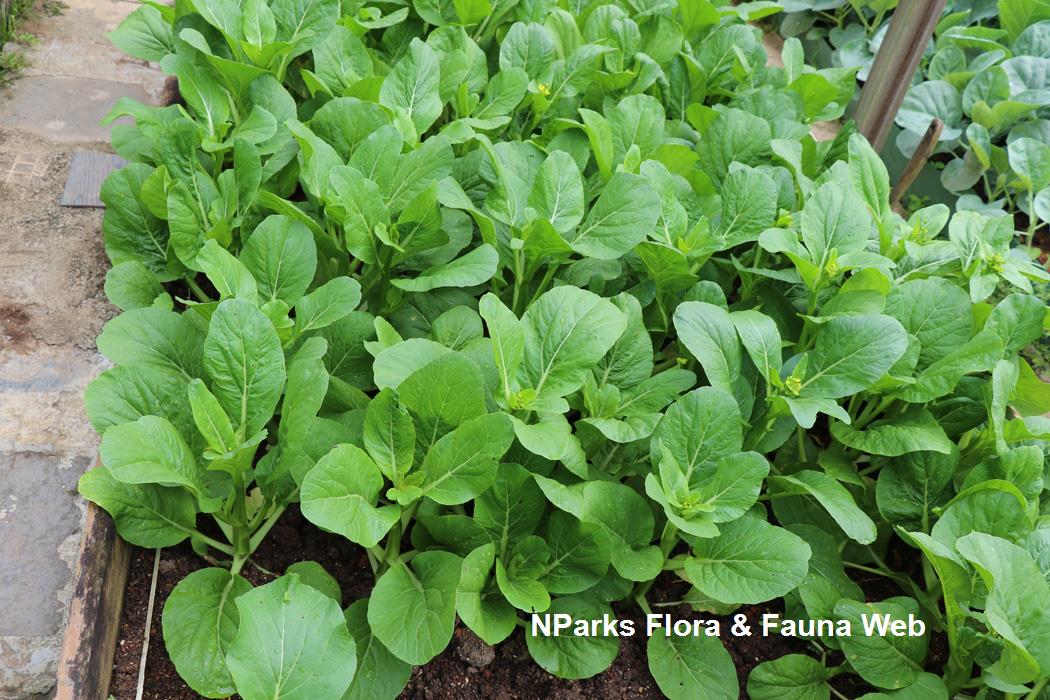
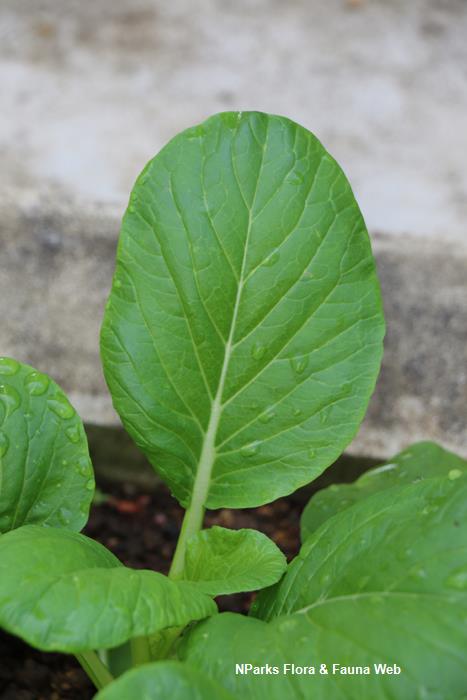
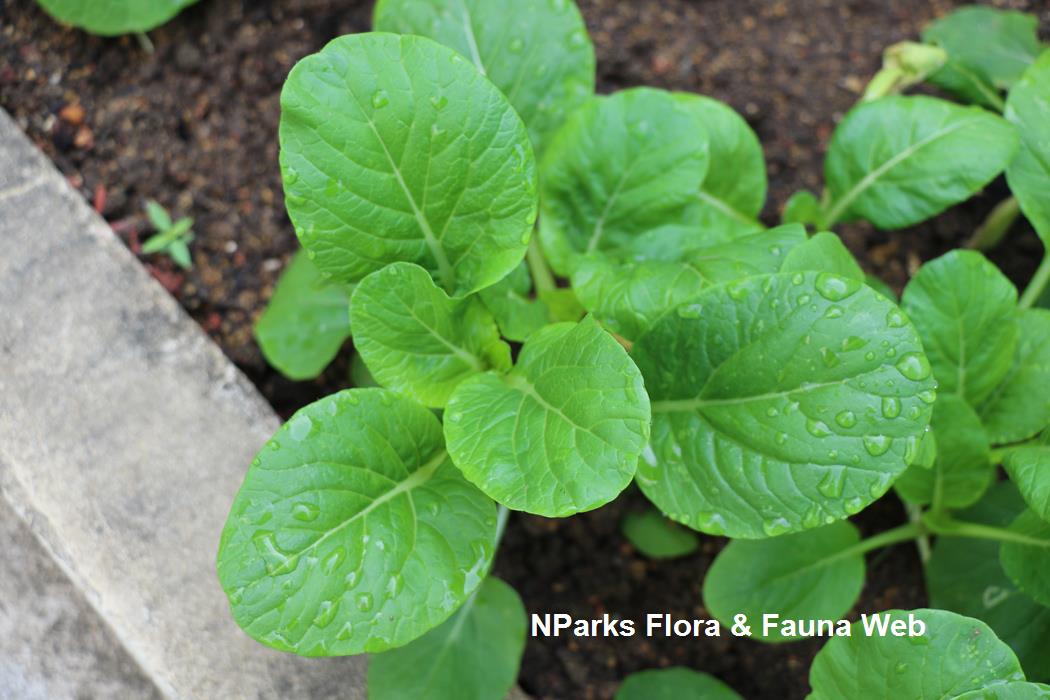
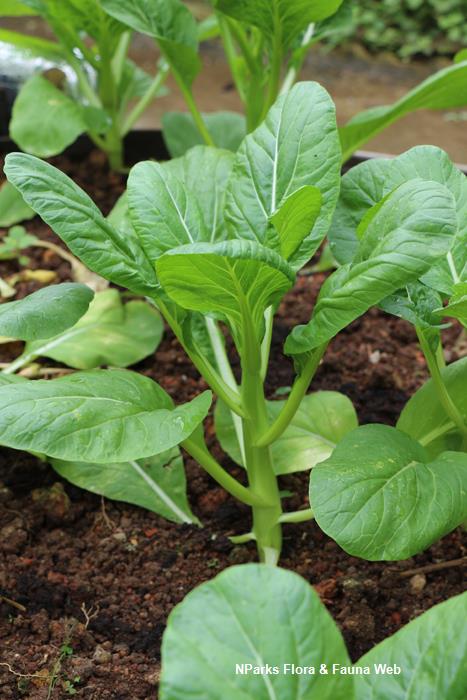
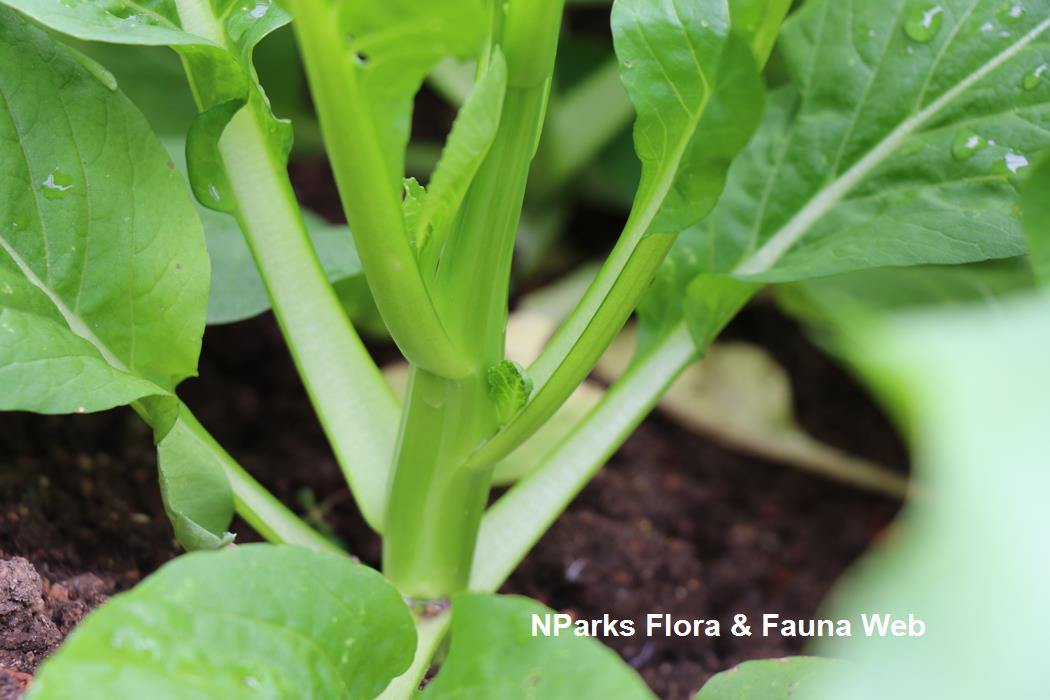
![Brassica rapa Caisin Group [Cai Xin]_Vicky Lim](/-/media/ffw/protected/flora/5/9/5950/brassica-rapa-(caixin)_vicky-lim-(1).jpg)
![Brassica rapa Caisin Group [Cai Xin]_Vicky Lim](/-/media/ffw/protected/flora/5/9/5950/brassica-rapa-(caixin)_vicky-lim-(2).jpg)
![Brassica rapa Caisin Group [Cai Xin]_Jacqueline Chua](/-/media/ffw/protected/flora/5/9/5950/brassica-rapa-cai-xin_jacqueline-chua.jpg)


